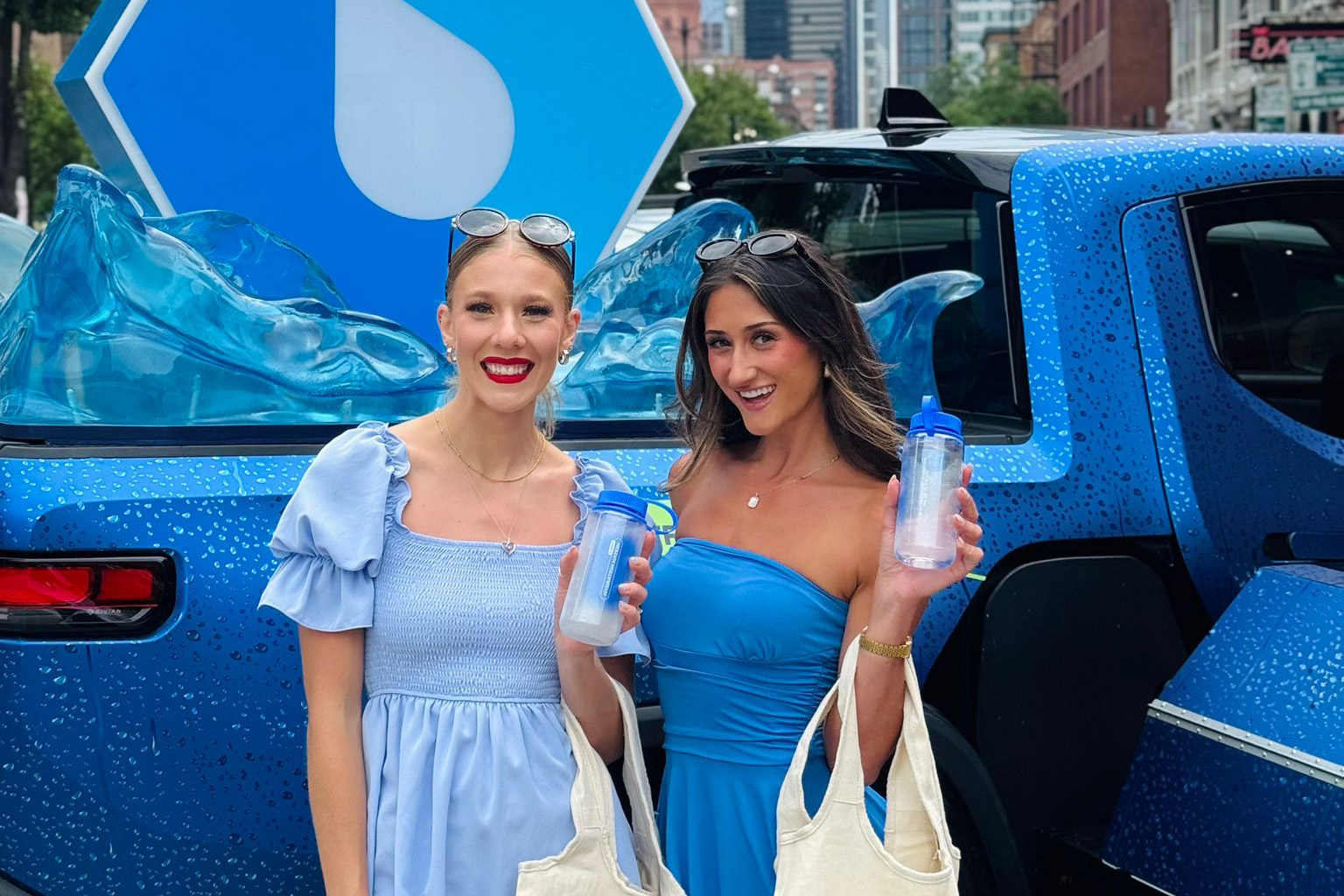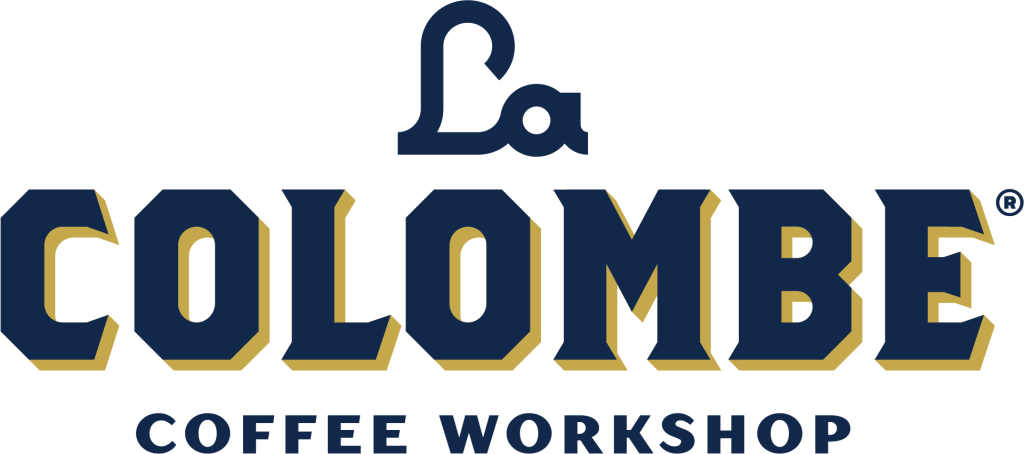A
Navy Yards
Impossible is a Good Place to Start
Excellence isn’t an outcome that happens randomly. From first brainstorm to final loadout, we operate with creativity, precision, and calm under pressure. Even when the ask is a little wild. Especially when it’s wild.

All Hands On. No Handoffs.
We don’t know a guy who can get it done. We are the guys who get it done. Our founders built this company from the ground up, starting as vendors and then becoming an agency. When we say we can do it, it’s because we already have.
Stress Not Included
You’ve got better things to worry about than permits, routing, and other logistical headaches that make grown adults weep. Let us deal with that stuff so you don’t have to. We handle the complexities, you get the credit.
When It Hits the Fan,
We Hit the Gas
We Hit the Gas
Fire drills are for the FDNY. We know plans change, timelines shift, and weather hits. We’ve built a quick and nimble team that adapts to any scenario and keeps things rolling.
A
Your Moment
3 mins
OUR ACTIVATIONS
When brands and consumers break bread, we’re behind the scenes baking it. And, we make some damn good bread.
ALRIGHT, LET'S DO THIS THING
Step one, fill out the form. Step two, be glad you did.
Thank you! Your submission has been received!
Oops! Something went wrong while submitting the form.






















































